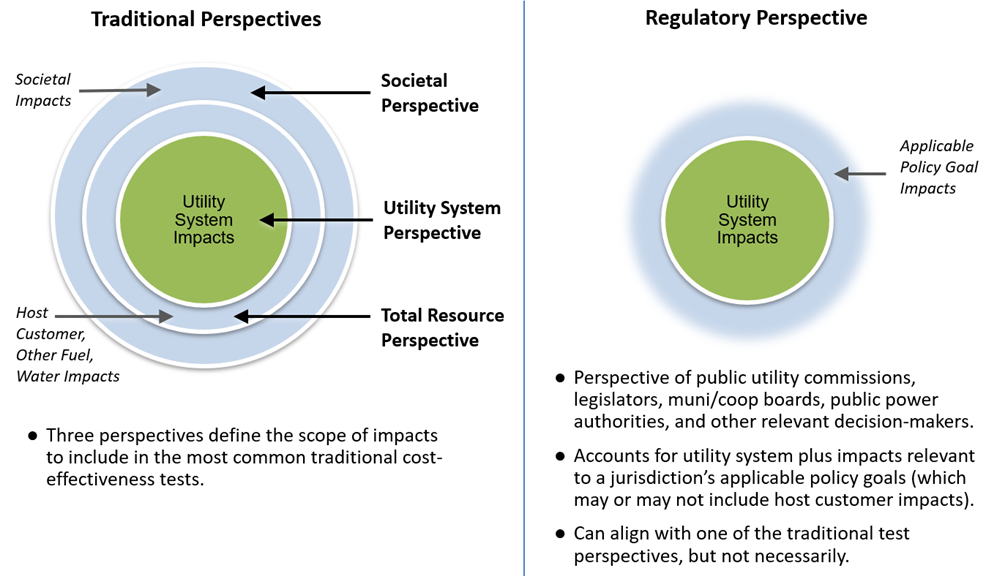A New Manual Paves the Way for Sound, Consistent, Comprehensive, and Transparent Assessment of Clean Distributed Energy Resources
It is now widely understood that distributed energy resources – including energy efficiency, demand response, distributed generation, storage, electrification, and electric vehicles – will need to play a fundamental role in meeting future energy needs while we decarbonize the electricity and natural gas industries.
There is much less agreement, however, about how to value those resources. What is the full extent of their costs? What is the full extent of their benefits? How should different types of DERs be analyzed consistently? How should utilities optimize different types of DERS? What impact will DERs have on utility customers? How can DERs be used to meet important policy goals?
The recently released National Standard Practice Manual (NSPM) for DERs is designed to help regulators, utilities, and other stakeholders answer these challenging questions. It builds off of 2017’s NSPM for Energy Efficiency, which itself builds off of cost-effectiveness practices and lessons learned over the past 20 years. The manual was written by DER experts from seven different organizations and was guided by input from an Advisory Group made up of nearly fifty stakeholders from across the US. The NSPM for DERs was coordinated by E4TheFuture.
The NSPM for DERs includes several fundamental principles to help guide benefit-cost analysis of DERs: (1) Treat DERs as a Utility System Resource; (2) Align with Applicable Policy Goals; (3) Ensure Symmetry; (4) Account for Relevant, Material Impacts; (5) Conduct Forward-Looking, Long-Term, Incremental Impacts; (6) Avoid Double-Counting; (7) Ensure Transparency; and (8) Conduct BCAs Separately from Rate Impact Analyses.
The new manual includes several innovative concepts to help address some of the challenges of analyzing different types of resources with very different costs and benefits. One such concept is the regulatory perspective, which is summarized in the graphic below. This perspective reflects the views of key decision-makers (legislators, regulators, advisory boards, and more) and accounts for the interests of all utility customers, utility management, utility investors, and applicable policy goals. In other words, the regulatory perspective can be used to guide decisions that are in the public interest.

The NSPM for DERs also explains that jurisdictions have multiple options for the test they use to evaluate DER cost-effectiveness; they are not limited to the traditional Utility Cost, Total Resource, or Societal Cost Tests. It describes how each jurisdiction (state, region, power authority, province, municipality, etc.) can develop its own test, based upon the fundamental BCA principles and its specific policy goals. The manual refers to such a test as a Jurisdiction Specific Test (JST), which might be the same as one of the traditional tests, or might be different depending upon the interests of the jurisdiction.
The NSPM for DERs offers ideas for how utilities can optimize multiple DER types across a utility system, depending upon the relevant planning criteria such as: implement the most cost-effective DERs; encourage a diverse range of DER technologies; encourage customer equity; achieve carbon reduction goals at lowest cost; avoid unreasonable rate impacts; implement all cost-effective DERs; and achieve multiple planning objectives. Finally, the manual describes the role of emerging dynamic system planning practices, such as integrated distribution planning and integrated grid planning.
The manual itself, along with additional materials, can be downloaded here.
If you have any questions or comments on the NSPM for DERs, please feel free to send an email to Tim Woolf, the editor and lead author of the manual, at: twoolf@synapse-energy.com.